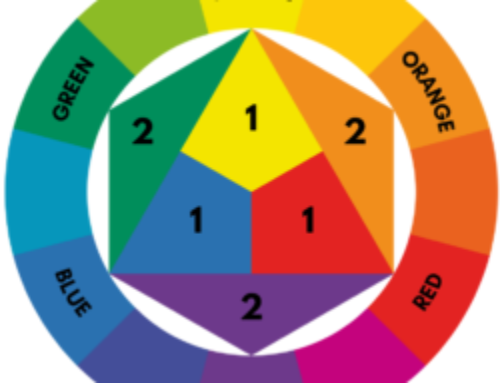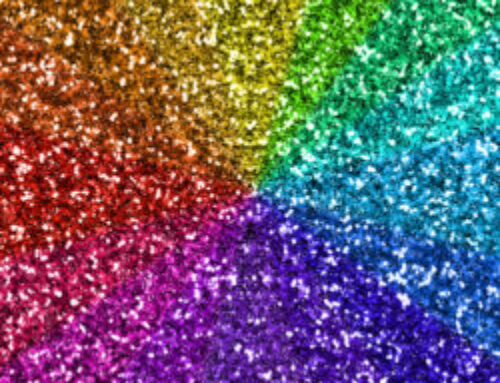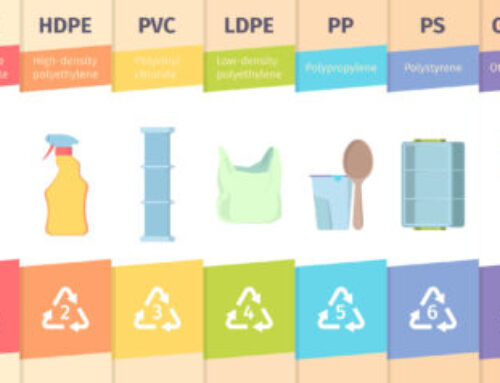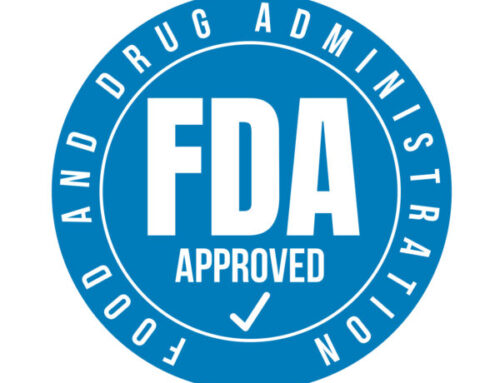What’s your favorite color? Maybe you’re partial to a color that’s bold and bright, or perhaps you prefer a more subtle, toned-down hue. No matter your desired shade, it can be used to color plastic. But – how does plain, colorless plastic end up emerald green, sky blue, or any other color of the rainbow?
Color can be added to plastics in a variety of ways. Let’s review the role of color in plastics and break down the different ways they can be colored before diving deeper into color concentrates – Precision Color Compounds’ specialty.
The Role of Color in Plastics
Colors are an essential part of the design process for any manufacturer. Of course, you want the color of your product to appeal to your customers. You might even consider the psychology of color and how certain shades can evoke different emotions. But the role of color in plastics goes beyond just adding visual appeal. Colored plastic can add functionality to products, too. For example, black plastic colorants can protect products from harmful UV rays; white plastic colorants can enhance the power generation efficiency for solar cells by reflecting light.
Then, there’s the importance of brand recognition. Using the right color consistently in your products can make them easily identifiable. And while it’s essential to pick the right color for your plastics, it’s just as important to choose the proper process to ensure that your products end up the exact color you want.
How Can Plastics Be Colored?
Plastics can be colored externally or internally. External coloring involves coloring only the outside surface of the material through printing, plating, or painting. Internal coloring instead achieves a clean, even look by kneading plastic colorants into plastics during the molding process. There are several internal coloring methods, including the use of color concentrates.
Internal Coloring Methods
Internal coloring methods include dry color, liquid color concentrates, and pellet color concentrates. Plastic colorants come in powder, liquid, and pellet forms. Dry color involves the use of powder, whereas liquid color concentrates use plastic colorants in liquid form.
Pellet color concentrates and compounds use pellet plastic colorants – our specialty here at Precision Color Compounds. Let’s take a closer look at how they are made and used to color plastics.
Pellet Color Concentrates and Compounds
When it comes to using pellets, you have a few options. You can use pre-colored pellets, meaning the pellets are the same shade as the end product. These colored pellets are created using a compounding method where pellets are mixed with pigments in an extruder. Pre-colored pellets and compounds are an easy and reliable way of producing the color you want.
Another option is a process in which natural-colored pellets are mixed with a concentrated mixture of pigments, called masterbatch. This method allows you to easily change color tones by adjusting the amount mixed with the natural pellets. There is also the potential to add additive concentrates to deliver beneficial characteristics such as antioxidants or flame retardants. Your masterbatch can even include special effects like glow-in-the-dark and glitter!
Advantages of Pellets
Whether pre-colored or created using the masterbatch method, pellet color concentrates offer many advantages over liquid and powdered plastic colorants. Pellets are easy to handle and provide excellent dispersion. They’re less messy to store and move than powdered pigments, and you don’t need to worry about cleaning up potential spills like you would with a liquid colorant. Pellets also offer the most options for pigments and additives. Additionally, pellet colorants don’t have a limited shelf life like liquid colorants, giving you peace of mind that you won’t be wasting any color – saving you money.
Conclusion
There are many choices when it comes to coloring plastics. With their ease of use and consistent results, pellet color concentrates offer many advantages over your other options. Here at Precision Color Compounds, we’re ready to partner with you to ensure you get the exact color you want, every time. We offer color concentrates for all hues, whether standard or custom, and for most resins. Contact us today to start your color concentrates journey!





